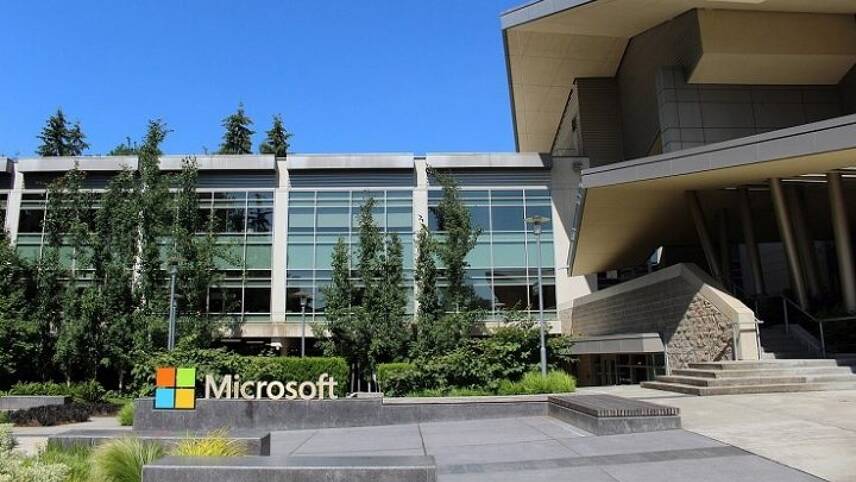Register for free and continue reading
Join our growing army of changemakers and get unlimited access to our premium content

Microsoft will launch a $1bn climate innovation fund
Microsoft will reduce its emission by more than 50% across its entire business and supply chain by 2030 while investing to remove more carbon than it emits annually. Microsoft claims that this results in a carbon-negative impact as a business.
“While we at Microsoft have worked hard to be ‘carbon neutral’ since 2012, our recent work has led us to conclude that this is an area where we’re far better served by humility than pride. And we believe this is true not only for ourselves but for every business and organization on the planet,” the company’s President Brad Smith said in an in-depth blog post.
“Like most carbon-neutral companies, Microsoft has achieved carbon neutrality primarily by investing in offsets that primarily avoid emissions instead of removing carbon that has already been emitted. That’s why we’re shifting our focus. In short, neutral is not enough to address the world’s needs.”
Microsoft’s shift away from offsets – still deemed controversial by some green groups and academics – will see the business launch a $1bn climate innovation fund, using its own capital, to help develop carbon reduction and removal technologies. These will assist with Microsoft’s plans to remove carbon from the environment equivalent to what the company has emitted either directly or via electricity consumption since it was founded in 1975.
Microsoft will make an internal shift in July 2020 to kickstart the new strategy. The company will expand its internal carbon price to cover scope 3 indirect emissions from the production of the goods purchased, and waste.
The company has also pledged to “support strong industry-wide standards for transparency and reporting on carbon emissions and removal”.
“We recognise that progress requires not just a bold goal but a detailed plan,” Smith added. As described below, we are launching today an aggressive program to cut our carbon emissions by more than half by 2030, both for our direct emissions and for our entire supply and value chain.
“We will fund this in part by expanding our internal carbon fee, in place since 2012 and increased last year, to start charging not only our direct emissions, but those from our supply and value chains.”
Assisting others
Microsoft is set to achieve carbon-neutral status for its global headquarters in Puget Sound, Washington, after inking a multi-year deal to source clean energy from local hydropower facilities. The five-year power supply agreement was made between Microsoft and utility supplier Chelan County Public Utility District (PUD). Microsoft will receive hydropower directly from PUD’s three dams to heat, light and cool its campus buildings.
The tech giant has also partnered with Dutch airline KLM to develop a ‘blueprint’ outlining how the aviation sector can decarbonise in line with the Paris Agreement.
Microsoft’s chief environment officer Lucas Joppa recently told edie the company has laid the foundations to help other organisations without the financial or technological capabilities to use a tech-first approach to “change the course of our planet.”
Microsoft joins a small group of businesses that have set “carbon-negative” goals. UK energy company Drax has a carbon-negative target set for 2030, while global carpet manufacturer Interface has pledged to be carbon negative by 2040 in terms of products, services and operations.
Matt Mace


I’m pleased by its new stance, but hope that they will bear in mind the environmental damage caused by regular (and often unwanted) software updates rendering old (relatively speaking) but serviceable hardware unusable, because it is unable to load the latest Microsoft software. Their attitude towards backwards compatibility has been very high handed at times, and relied upon enthusiasts to find work-rounds.